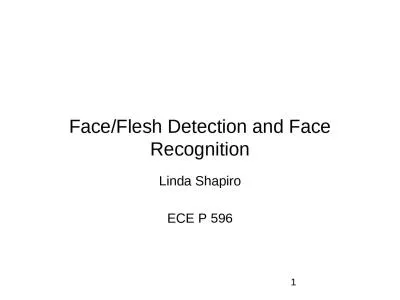PPT-- Pictorial Structures for Object Recognition
Author : mitsue-stanley | Published Date : 2016-03-17
Pedro F Felzenszwalb amp Daniel P Huttenlocher A Discriminatively Trained Multiscale Deformable Part Model Pedro Felzenszwalb David McAllester Deva Ramanan
Presentation Embed Code
Download Presentation
Download Presentation The PPT/PDF document "- Pictorial Structures for Object Recogn..." is the property of its rightful owner. Permission is granted to download and print the materials on this website for personal, non-commercial use only, and to display it on your personal computer provided you do not modify the materials and that you retain all copyright notices contained in the materials. By downloading content from our website, you accept the terms of this agreement.
- Pictorial Structures for Object Recognition: Transcript
Download Rules Of Document
"- Pictorial Structures for Object Recognition"The content belongs to its owner. You may download and print it for personal use, without modification, and keep all copyright notices. By downloading, you agree to these terms.
Related Documents

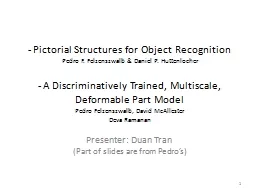
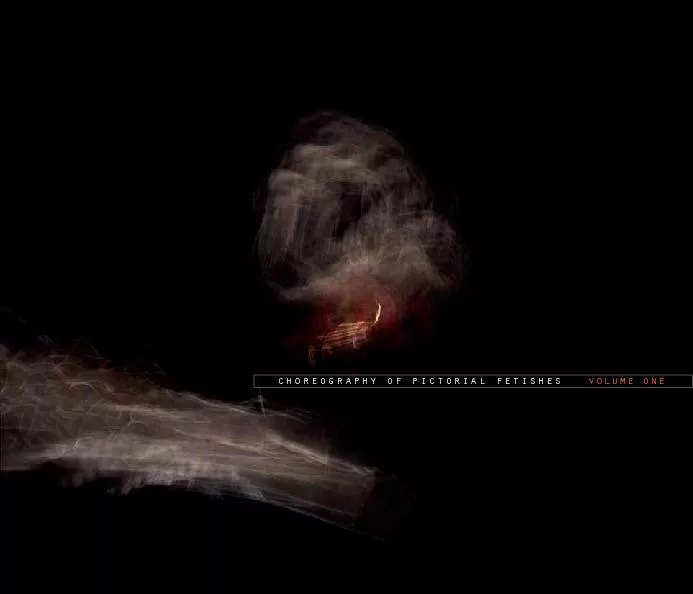
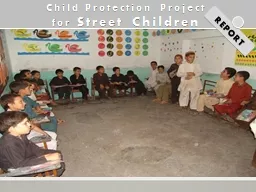

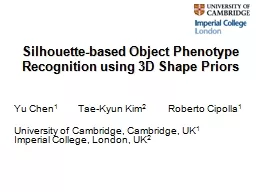
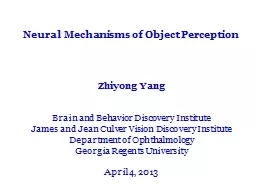
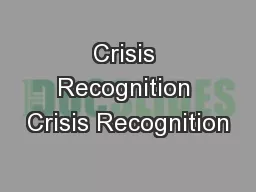
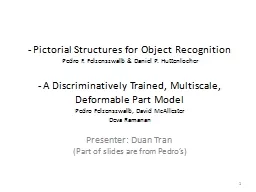
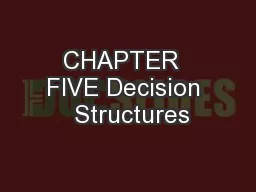
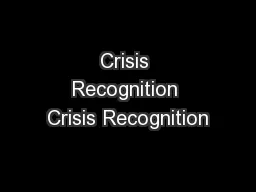
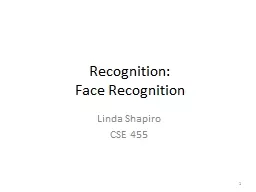
![[BOOK]-Arms and Armor: A Pictorial Archive from Nineteenth-Century Sources (Dover Pictorial](https://thumbs.docslides.com/956646/book-arms-and-armor-a-pictorial-archive-from-nineteenth-century-sources-dover-pictorial-archive.jpg)
![[BOOK]-Arms and Armor: A Pictorial Archive from Nineteenth-Century Sources (Dover Pictorial](https://thumbs.docslides.com/957602/book-arms-and-armor-a-pictorial-archive-from-nineteenth-century-sources-dover-pictorial-archive-633a6529c82d2.jpg)
